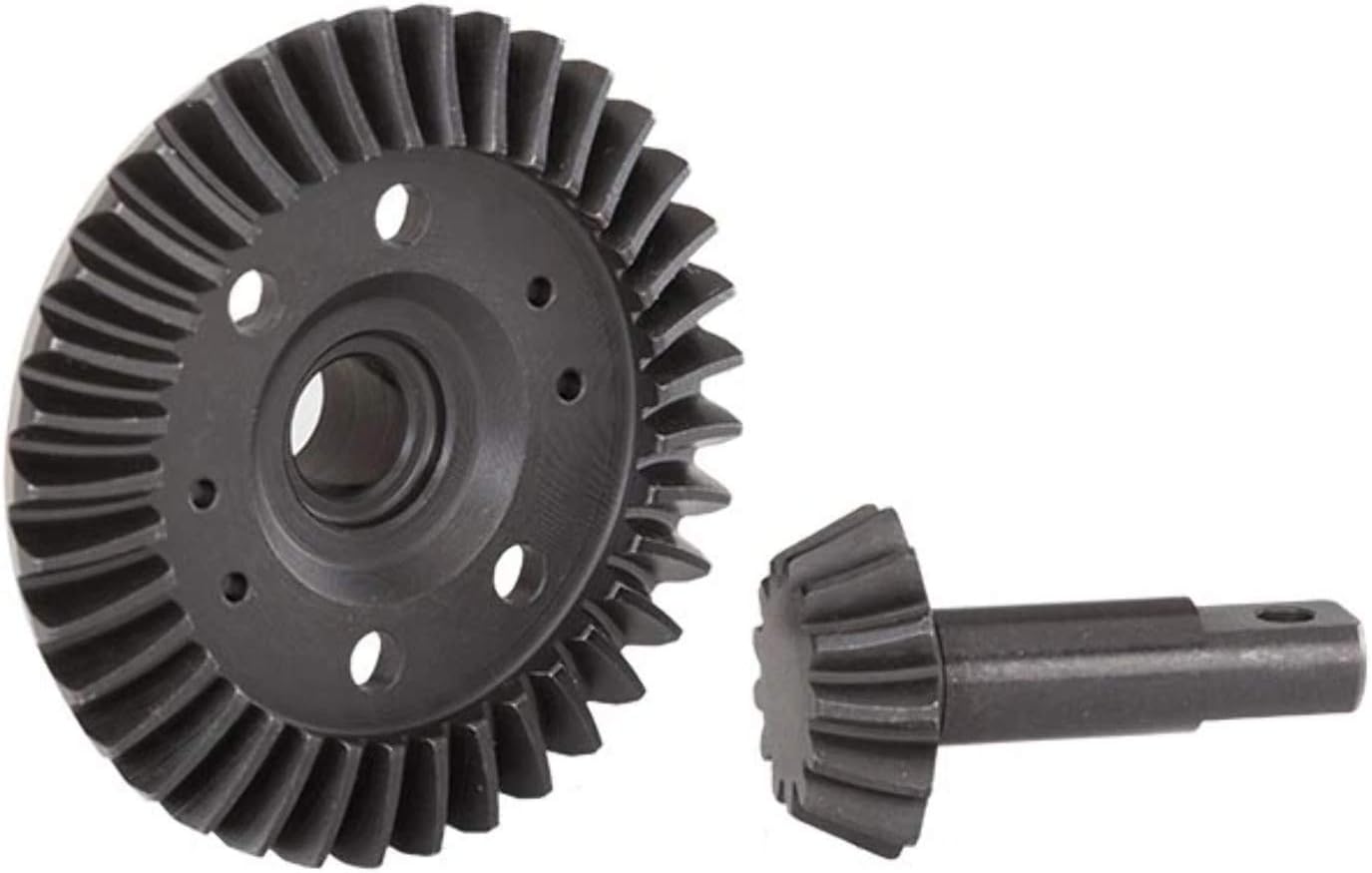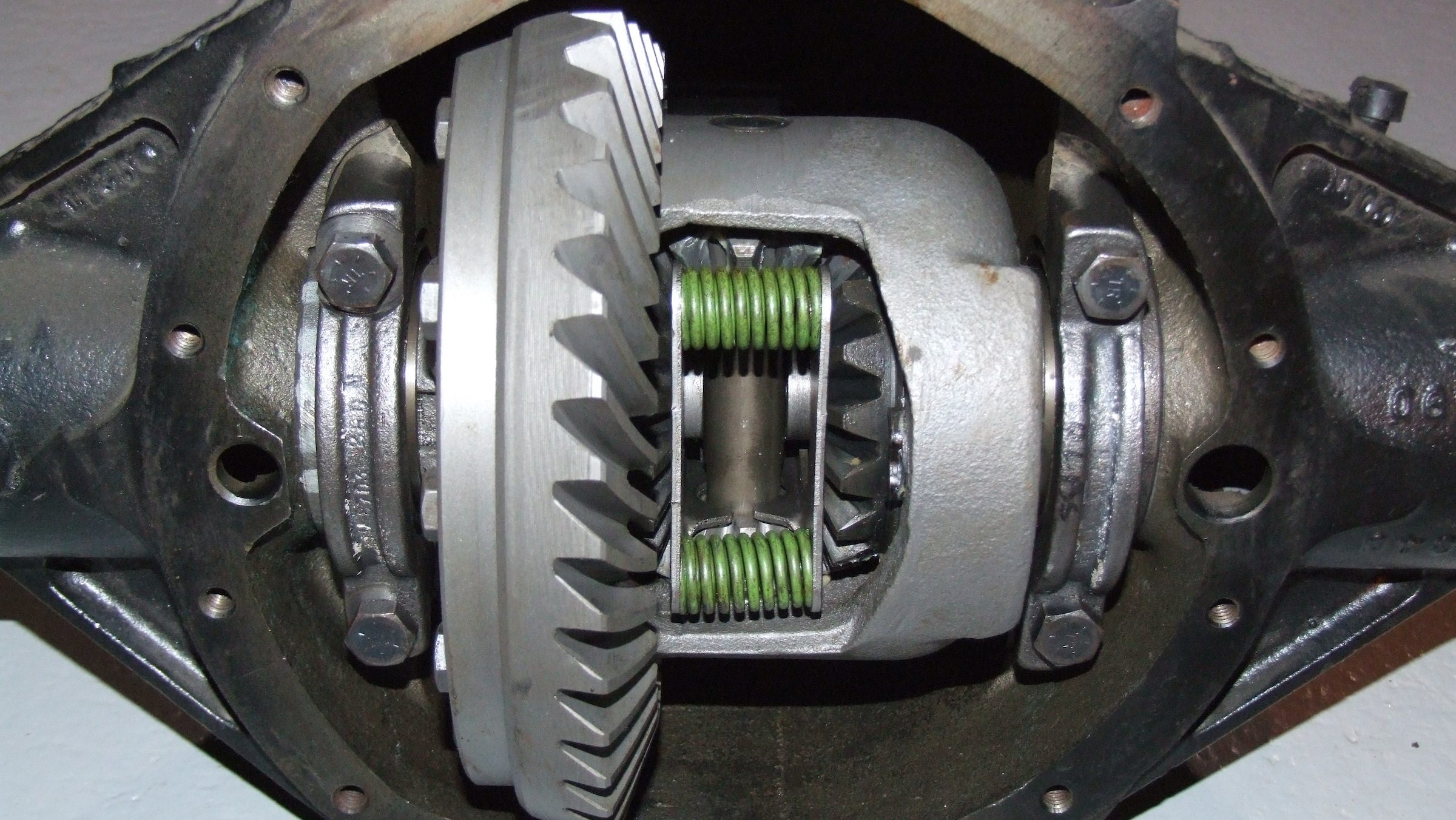Product Description
| Compose | China Differential and Rear Differential For Mazda OEM Differential 9×40 Bt50 Mazda 2012 |
| Car make | For
Mitsubishi FUSO |
| Speed ratio | 7*43 7*41 8*39 9*41 10*41 10*43 11*43 12*43 |
| Pinion length | 215mm |
| Ring gear inner diameter | 126mm |
| Ring gear outer diameter | 204mm |
| Material(housing) | Nodular cast iron |
| Material(gears) | 20CrMnTiH3 |
| Axle spline teeth | 30T |
1.Supply to USA,Europe,and middle east ,southeast asia ,russia
2.Matrial: HIGH Quality
3.Professional Perfomance Auto parts supplier
Our Products
We can supply almost all spare parts suitable for Chinese cars such as JAC, FAW, BYD, DFM, Geely, Chery, Chana, Lifan, Zotye, Great Wall, Hafei, Xihu (West Lake) Dis., Changhe, Gonow and Japanese cars Suzuki.
Our Advantages
We have all spare parts for the vehicles from engine parts to lights and bumpers, from sensors and cables to brake and clutches.
We have warehouse 1000m2 with most of stocks and can ship 1 container within 1 week.
We can sell big quantity by container, as well as small quantity, even one piece by air express.
We can help the clients in inspection, shipment and payment issues with other suppliers.
Our Market
Our products are good sold in Southeast Asia, Africa, South America, Middle East and Europe, such as Vietnam, Malaysia, Singapore, Indonesia, Thailand, Brazil, Ecuador, Mexico, Chile, Peru, Panama, Colombia, Cuba, USA, Algeria, Morocco, Egypt, Sudan, Zimbabwe, South Africa, Russia, Iraq, Kazakhstan, Italy and etc.
Detailed Images
Specifications
1.Supply to USA,North Of America,South America
2.Small Quantity acceptable
3.Warranty: 12 Month and test before shipment for Each Products
4.We have many kinds of CHINAMFG wheel Pinion,Dana,Korea Model,Japanese Model,and European Model.New models are welcome if samples or technical drawings can be supplied. located in HangZhou,ZHangZhoug Province. Have been committed to developing & supplying Auto Transmission Parts,putting ourselves to clients’ shoes to solve their demands.our company is mainly engaged in Auto Transmission Parts such as Transmission gearbox,Gear haft,Synchronizer ring,Cylinder Head and Differcial Assembly and so on.
With our honesty and credit, we sincerely hope to cooperate with you for greater development. Welcome new and old customers from all walks of life to contact us for future business relationships and achieving mutual success!
|
Shipping Cost:
Estimated freight per unit. |
To be negotiated |
|---|
| After-sales Service: | 1 Year |
|---|---|
| Warranty: | 1 Year |
| Type: | Differetnial |
| Samples: |
US$ 360/Piece
1 Piece(Min.Order) | Order Sample 1PC/case
|
|---|
| Customization: |
Available
| Customized Request |
|---|

How do you address noise and vibration issues in a differential gear system?
Noise and vibration issues in a differential gear system can be concerning and may indicate underlying problems. Here are several steps that can be taken to address these issues:
- 1. Inspection: Begin by visually inspecting the differential gear system for any visible signs of damage, leaks, or loose components. Check the differential housing, seals, and related components for any abnormalities. This can help identify any obvious issues that may be causing the noise or vibration.
- 2. Fluid Check: Ensure that the differential gear system has the proper amount of fluid and that the fluid is in good condition. Low or contaminated fluid can contribute to noise and vibration problems. If necessary, drain and replace the differential fluid following the manufacturer’s recommendations.
- 3. Lubrication: Proper lubrication is essential for smooth operation of the differential gears. If the noise or vibration issues persist, consider applying a high-quality gear lubricant recommended by the vehicle manufacturer. Ensure that the lubricant meets the required specifications.
- 4. Tightening and Adjustment: Check for any loose fasteners or components in the differential gear system. Tighten any bolts or nuts that may have come loose. Additionally, verify that the differential gears are properly adjusted and aligned. Incorrect gear meshing or misalignment can cause noise and vibration problems.
- 5. Bearing Inspection and Replacement: Worn or damaged bearings can contribute to noise and vibration. Inspect the differential bearings for signs of wear, pitting, or excessive play. If any issues are detected, replace the faulty bearings with new ones of the appropriate size and specification.
- 6. Gear Replacement: If the differential gears themselves are worn, chipped, or damaged, they may need to be replaced. Gears with significant wear or damage can cause noise and vibration. Consult a professional mechanic or technician for an accurate assessment and to determine if gear replacement is necessary.
- 7. Seals Replacement: Damaged or worn seals can allow contaminants to enter the differential gear system, leading to noise and vibration. Replace any faulty seals to ensure a proper seal and prevent fluid leaks.
- 8. Professional Diagnosis: If the noise and vibration issues persist despite these measures, it is advisable to seek assistance from a qualified mechanic or technician. They have the expertise and specialized tools to diagnose complex differential gear problems accurately. They may perform additional tests, such as a gear backlash measurement or a comprehensive inspection of the gears and bearings, to identify the source of the issues.
It’s important to address noise and vibration issues in a differential gear system promptly to prevent further damage and ensure safe and smooth vehicle operation. Regular maintenance, including fluid checks and gear inspections, can help detect potential problems early and prevent more significant issues from arising.

How do differential gears interact with the suspension system of a vehicle?
Differential gears interact with the suspension system of a vehicle in several ways. Here’s a detailed explanation of their interaction:
- Power Transmission: The primary function of differential gears is to distribute power from the engine to the wheels. The power is transmitted through the drivetrain, which includes the transmission, driveshaft, and differential gears. The differential gears are located within the rear axle assembly and connect to the wheels via the axle shafts. As the suspension system allows the wheels to move up and down independently, the differential gears accommodate these movements to ensure smooth and consistent power transmission.
- Wheel Movement: The suspension system of a vehicle allows the wheels to move vertically to absorb road irregularities, bumps, and vibrations. This movement is essential for providing a comfortable ride, maintaining tire contact with the road surface, and improving overall handling and stability. The differential gears must accommodate this wheel movement without hindering power transmission. They are mounted within the axle housing, which is connected to the suspension system, allowing the wheels to move up and down while maintaining their connection to the differential assembly.
- Drive Axle and Halfshafts: In many vehicles, the differential gears are located within the drive axle assembly, which is an integral part of the suspension system. The drive axle assembly consists of the differential gears, axle housing, and halfshafts (also known as axle shafts). The halfshafts connect the differential gears to the wheel hubs, transmitting power from the differential to the wheels. The suspension system and differential gears work in conjunction to allow the halfshafts to flex and accommodate the vertical movement of the wheels while maintaining power delivery.
- Torque Steer: Differential gears can also influence torque steer, which is the tendency of the vehicle to pull to one side during acceleration. Torque steer occurs when one wheel receives more torque than the other, causing an imbalance in power delivery and resulting in steering effects. Differential gears, particularly in front-wheel-drive vehicles, help manage torque steer by distributing torque between the front wheels. Advanced differential technologies, such as limited-slip differentials or electronic torque vectoring systems, can further mitigate torque steer and enhance overall vehicle stability.
- Performance Applications: In high-performance or sport-oriented vehicles, the interaction between differential gears and the suspension system becomes even more critical. The suspension system is usually designed to provide optimal handling characteristics, including minimal body roll, precise cornering, and responsive feedback. Differential gears, particularly limited-slip differentials or electronically controlled differentials, can be specifically tuned to complement the suspension system and maximize traction, stability, and cornering performance. This integration ensures that the power delivered to the wheels is effectively utilized, enhancing the vehicle’s overall dynamic capabilities.
In summary, differential gears interact with the suspension system of a vehicle by accommodating wheel movement, transmitting power while allowing independent wheel motion, connecting to the drive axle and halfshafts, managing torque steer, and optimizing performance in high-performance applications. This interaction ensures smooth power transmission, proper handling, stability, and overall vehicle performance.

Are there different types of differential gears available?
Yes, there are different types of differential gears available, each designed to suit specific driving conditions and performance requirements. Here’s an overview of some commonly used types of differential gears:
1. Open Differential:
An open differential is the most basic and widely used type of differential gear. It allows the wheels to rotate at different speeds during turns while equally distributing torque. In normal driving conditions, an open differential provides smooth operation and is relatively inexpensive. However, it has limited traction improvement capabilities and may distribute power to the wheel with the least resistance, which can be a disadvantage in low-traction situations.
2. Limited-Slip Differential (LSD):
A limited-slip differential (LSD) improves upon the capabilities of an open differential by providing some degree of torque biasing. LSDs use various mechanisms, such as clutch packs, viscous fluids, or gear arrangements, to transfer more torque to the wheel with better traction. This helps improve traction and power delivery, especially in situations where one wheel has reduced traction. LSDs strike a balance between improved traction and maintaining drivability for everyday use.
3. Electronic Limited-Slip Differential (ELSD):
An electronic limited-slip differential (ELSD) is a modern variation of the limited-slip differential. It incorporates electronic sensors and actuators to actively monitor wheel speeds and traction conditions. The ELSD can quickly and precisely distribute torque to the wheels with better traction, enhancing overall performance and stability. ELSDs are often found in high-performance or advanced all-wheel drive systems.
4. Torsen Differential:
A Torsen (short for Torque-Sensing) differential is a type of differential gear that uses a worm gear arrangement to distribute torque. Torsen differentials can provide a higher torque biasing ratio compared to LSDs. They have a mechanical, self-acting design that automatically transfers torque to the wheel with better traction. Torsen differentials are commonly used in performance-oriented vehicles and off-road applications.
5. Locking Differential:
A locking differential is designed to maximize traction in off-road or extreme driving conditions. It allows both wheels to receive an equal amount of torque simultaneously, regardless of traction conditions. Locking differentials can be manually engaged or automatically activated by sensors detecting wheel slip. While locking differentials enhance traction, they can also negatively impact handling on paved surfaces, making them more suitable for off-road or specialized applications.
6. Torque Vectoring Differential:
A torque vectoring differential is a more advanced type of differential that actively distributes torque to individual wheels to enhance vehicle dynamics. It uses electronic systems to monitor various vehicle parameters, such as wheel speed, steering input, and lateral acceleration. By selectively applying torque to specific wheels, torque vectoring differentials can improve cornering performance, stability, and agility.
These are just a few examples of the different types of differential gears available. Each type offers unique characteristics and advantages, allowing vehicle manufacturers to tailor the differential system to specific driving conditions, performance requirements, and driver preferences.


editor by CX 2023-09-12